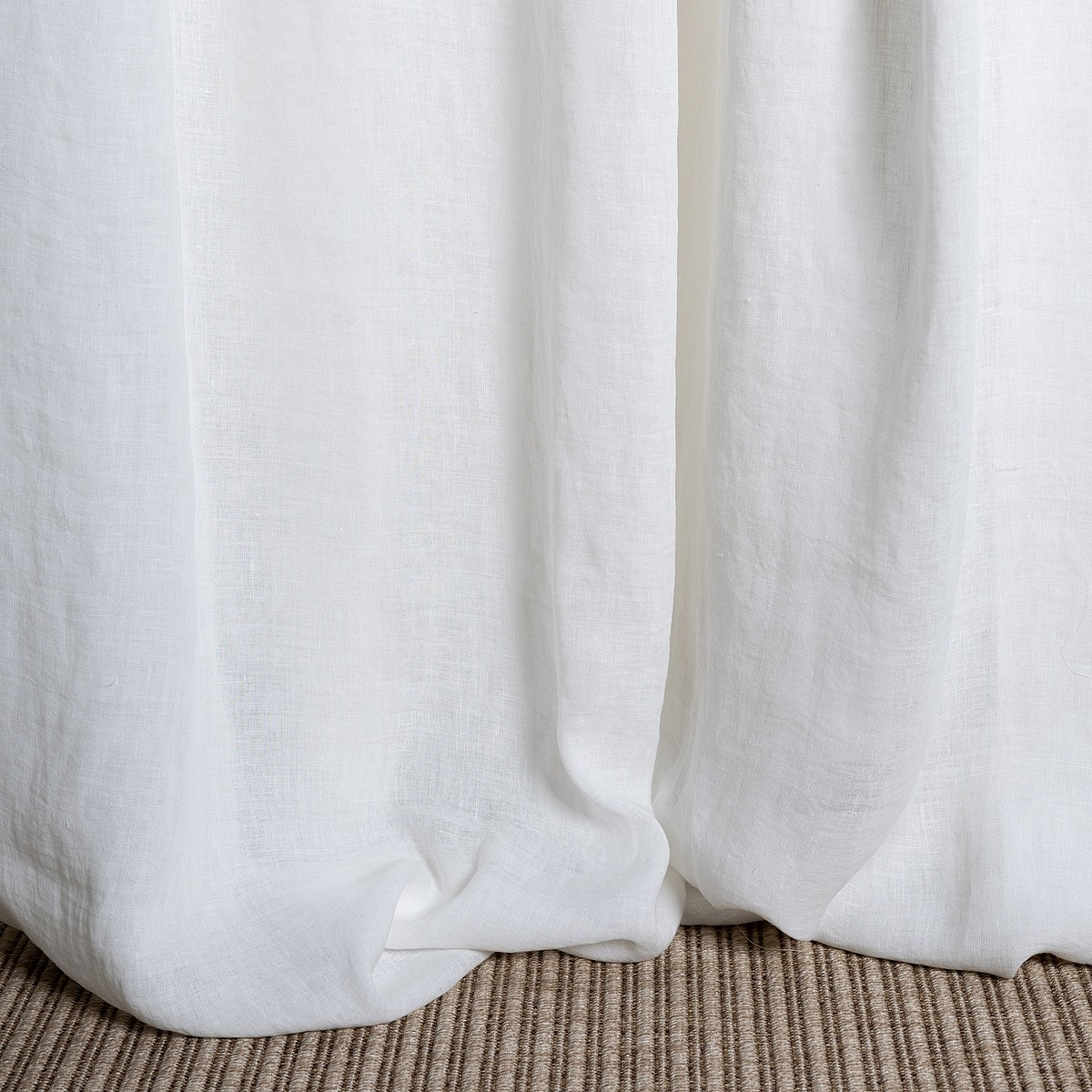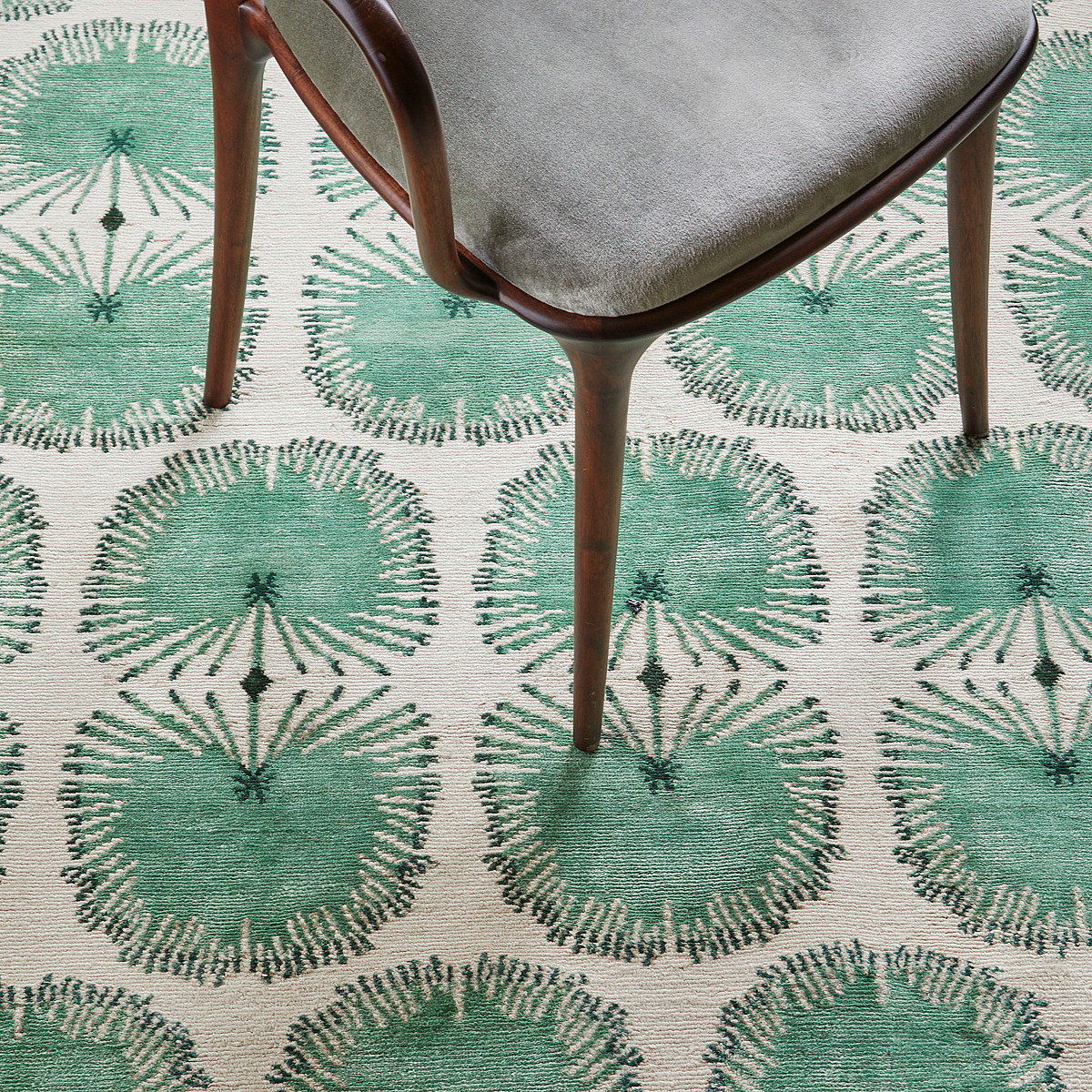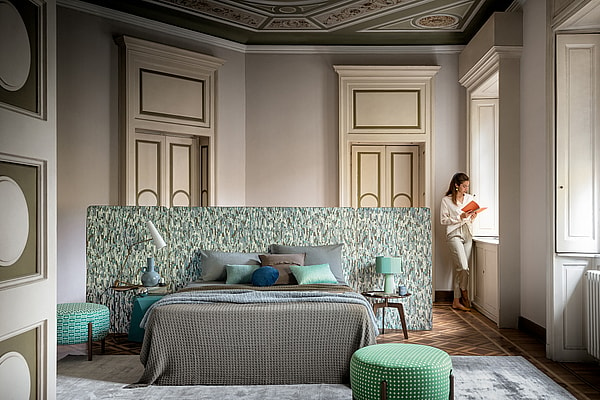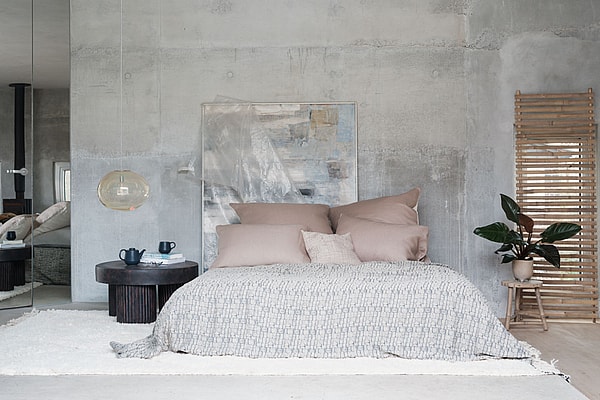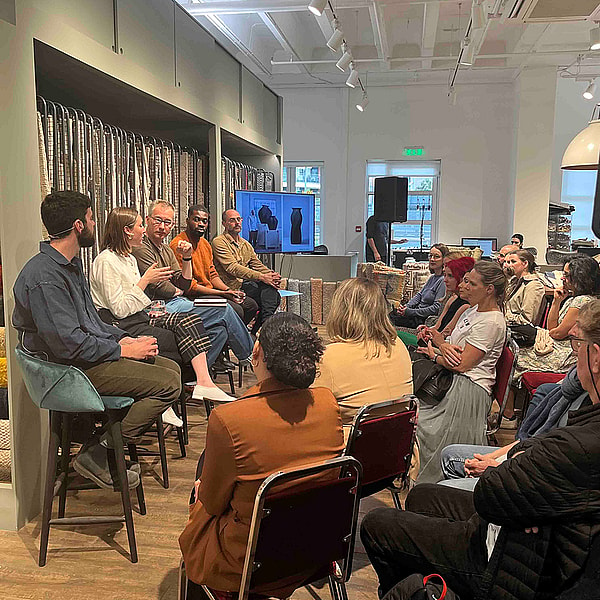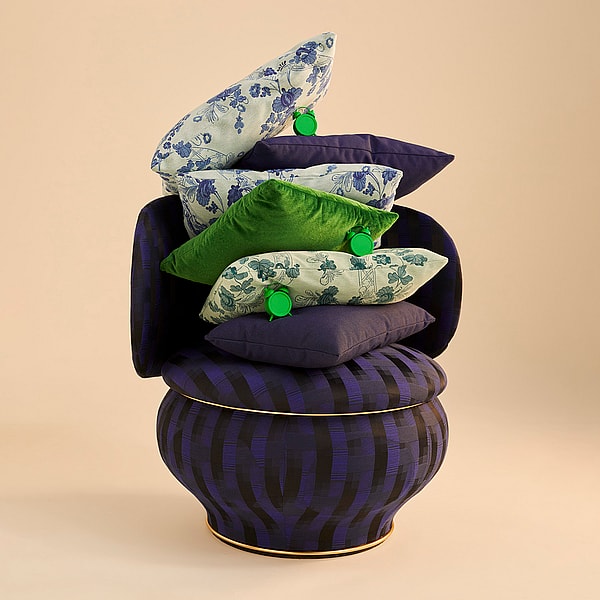Sustainability Shared
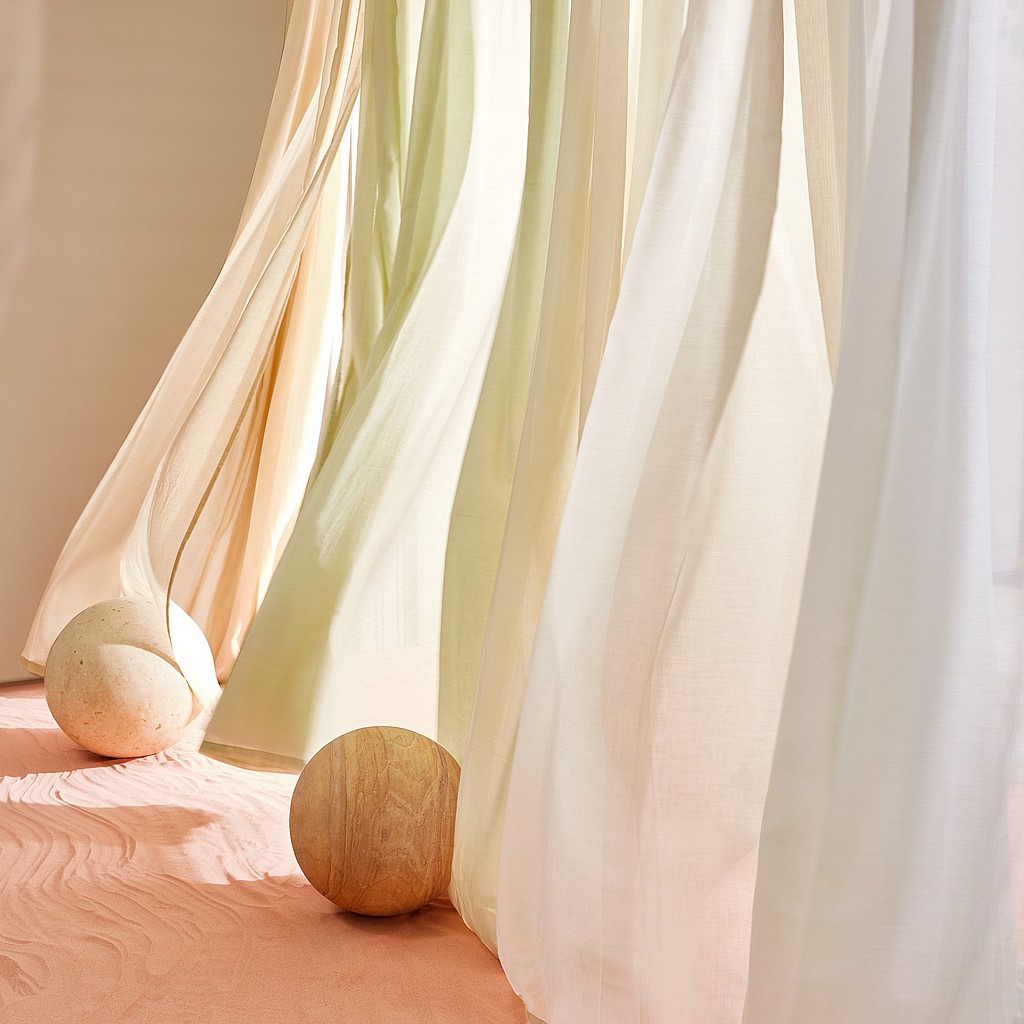
Best practice learnings from London Design Week 2024
It’s up to every designer – and homeowner – to decide what sustainability means to them, and how they navigate the subject of making their interiors tread more lightly on the planet. No longer driven by a passionate few, this is a vital subject matter that affects everyone, with an accompanying hunger for as much information as possible in order to make more informed decisions about how we decorate.
Several events at London Design Week 2024 put the subject under the spotlight, with the aim of opening up debate and sharing best practice.
In the Chase Erwin showroom, a panel discussion on circularity in design included interior designer Rachel Forster of Forster Inc; Sophie Rochester of textile reuse platform Yodomo; interior designer Andrea Benedettini; Chase Erwin’s CEO Lauren Stonnell; and Tony Attard, CEO of Chase Erwin’s parent company Panaz. Between them, they had a wealth of authority on the subject.
Panaz makes 190,000m of fabric every month, and “it’s our responsibility to be sustainable,” said Attard, who pioneered ‘dry’ printing methods, without chemicals or water, and runs its manufacturing facilities on 100% solar energy. “Over the last ten years, it’s been taken a lot more seriously.” While reuse of existing products will always be the most sustainable option – something that Forster and Benedettini are staunch fans of – there was plenty of discussion about how to reduce waste in everyday business practice, including cutting down on samples (“back in the day people would order the whole collection, for the sake of hanging onto it in the studio. I’m incredibly selective and only take what I think I will use,” said Benedettini).
“One thing I hear a lot is ‘we’ve had this in our house for 20 years and it still looks good,'” said Stonnell. “We hope our end users enjoy our fabrics for 20 years or more. We have a very liveable collection – it’s quiet luxury.”
Donating end-of-line or leftover textiles to organisations such as Yodomo (which redistributes them to creative makers) is a great way of keeping them out of landfill, and many textile manufacturers are turning their attention to ‘monomaterials’ made from just one material (such as Kirkby Design’s ‘Pop’ cotton velvet, pictured below), which makes it much easier to recycle at the end of its life. “And don’t discount synthetics, which are very easy to recycle,” added Attard, who also touched on his previous experience making new fabrics from waste material: “There was always a lack of consistency, which is hard for interior designers to come to terms with, but now we are controlling those waste streams better, and achieving better consistency.”
The panel also spoke about how bespoke design is inherently sustainable, because making to order automatically minimises waste. There was consideration given to how this principle could be expanded: is the answer for manufacturers to make smaller batches, but on extended lead times, so that patience and good planning could be further ways that designers can be more responsible?
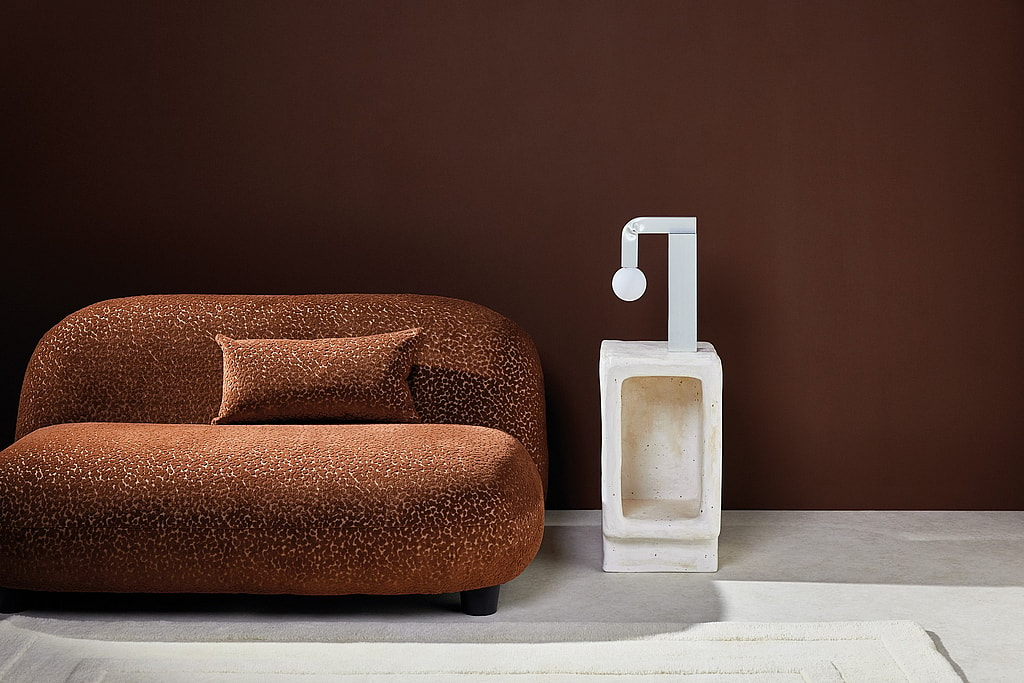
Over at Romo, interior designer Jules Haines (whose Haines Collection website sells surplus interiors stock, many Design Centre brands included) spoke to four people at the forefront of sustainable products: Edward Bulmer of Edward Bulmer Natural Paint, Lee Lovett of Soho Lighting, Sofia Hagen of Hagen Hinderdael and Clare Leith, lead designer at Kirkby Design. The evidence for Kirkby Design’s commitment to sustainability can be found all around the Romo showroom, but Leith honed in on its latest ‘Aloe’ fabric (pictured top), made from waste aloe vera fibres, shredded into a fleecy material and spun into thread. “We’ve really been pushing our mills to come up with new fibres,” she explained. “We particularly wanted to look into using waste materials or by-products, and aloe is a waste product from the beauty industry. We’ve made an incredibly soft wide-width sheer, and it’s something we’re really proud of.”
Edward Bulmer spoke passionately about how so much about sustainable design is re-learning old ways and rediscovering the natural materials that were the only option in the past: his paint company came about when his client the Duchess of Richmond asked him to remodel Goodwood in the most healthy, environmentally responsible way possible, and he couldn’t find paint that fitted the bill. “It’s about asking plants to do what we want them to do,” he said – a simple statement that is far more complex in reality since it involves “unravelling 100 years of crude oil and the petrochemical industry, during which time we completely transformed our raw materials.”
Soho Lighting has a collection of shades made from waste plastics and fishing nets, a link to its Cornish home. “Sustainability is now higher up the food chain. When we launched the collection it took time to gain traction. But consumers are starting to demand it now,” says Lovett. There is demand for greater transparency about all aspect of a brand’s production processes, she continued: “People always ask where our components are made now, and we’re open and honest that certain electrical components can’t be sourced in Europe.”
The panel talked about what designers should look for in a sustainable product, and how easy it is to get tripped up by misleading labels: “A material can be as little as 30% recycled to call itself ‘recycled’. We aim for 75-100%, but it’s taken a while to develop,” said Leith.
Country Life‘s Giles Kime also hosted a session in the Simpson’s showroom: The Journey to B-Corp explored how companies are creating a positive legacy, and what it takes to achieve B-Corp status, which has a comprehensive accreditation process.
If designers and end users are now speaking, the showrooms are listening. ‘Aloe’ was not the only sustainable product to come to the fore at London Design Week 2024. Hemp is being rediscovered by manufacturers and designers alike as a material of the future with an ancient past, requiring little water or pesticides. Elitis introduced a 100% hemp sheer, ‘Mila’, while C&C Milano’s Terra collection explored “ancient and forgotten fibres” such as jute and hemp, including the wide-width 100% hemp ‘Crispiano’ (pictured above left). De Le Cuona introduced hemp to its stable of luxurious natural fibres for the first time, with ‘Carmen’, inspired by a vintage French textile and ‘Portrait’, a densely basketweave.
Jennifer Manners Design extended its collection of Re/purpose performance rugs made from recycled plastic, with a new ‘Greek Cane’ design in collaboration with Salvesen Graham plus a collection that sees some of Sanderson’s best-loved patterns translated for the floor (pictured above right). George Spencer Designs introduced a new brand to the fold, Antonia Claudie, who uses100% natural dyes – developed by herself – for her collection of wall fabrics. Food waste such as coffee grounds, walnut shells and avocado pits are repurposed to create the dyes, producing a variety of delicate colourways. Artisans of Devizes’ ‘Sorbonne’ tumbled limestone parquet tiles come in a mix of subtle cream, brown and beige hues – all made from offcuts of its larger-format stone tiles.
Looking for more help on this subject? The BIID’s Sustainable Specifying Guide is free to download, and a great starting point.
Artisans of Devizes, Third Floor, Design Centre East
C & C Milano, First Floor, Design Centre East
Chase Erwin, Ground Floor, Centre Dome
Elitis, First Floor, North Dome
George Spencer Designs, Third Floor, Design Centre East
Jennifer Manners Design, First Floor, Centre Dome
Romo, First Floor, North Dome


